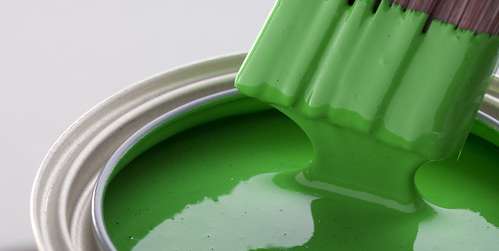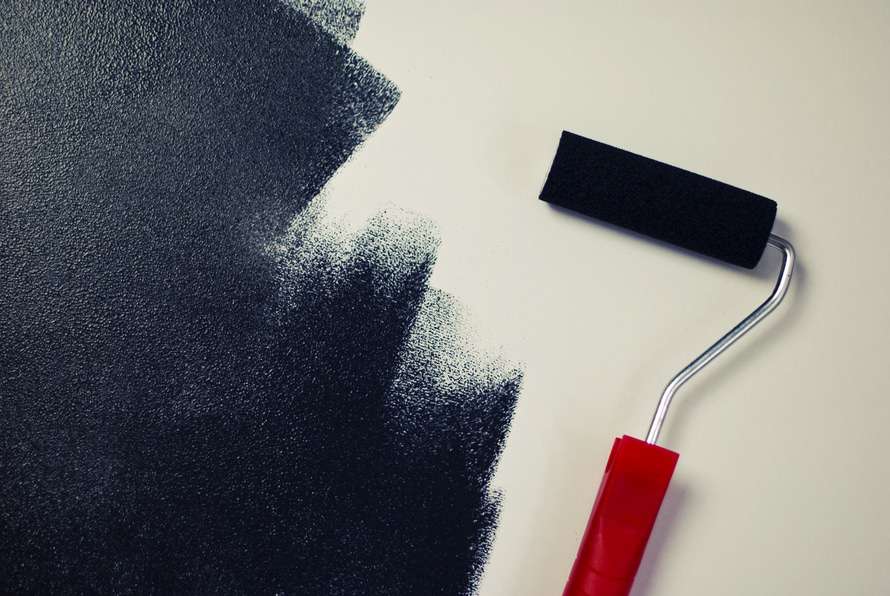
Recycled paint is the cornerstone of paint product stewardship programs that aim to protect environmental and public health by diverting leftover paints from landfills, incinerators, and wastewater. Image Source: Flickr user United Soybean Board
There are certain truisms when it comes to home renovation: buy 10% more flooring than you need. Measure twice, cut once. And, in my case, buy double the amount of paint you end up using. Unfortunately, I am not alone in my overzealous paint buying; according to the U.S. Environmental Protection Agency (EPA), “10% of paint purchased in the United States each year—about 65-69 million gallons—is discarded.”1
Without proper disposal, these paints typically end up poured down the drain, incinerated, or embedded in landfills, where they can pose serious environmental and health risks due to the inclusion of toxic pigments, additives, and VOCs. Paints not disposed of in the correct manner can be responsible for up to 32% of natural emissions to wastewater and a single gallon has the potential to pollute up to 250,000 gallons of water.2
To address this issue, governments and paint suppliers are increasingly turning to a product stewardship approach in which “all participants involved in the life cycle of a product take shared responsibility for the impacts to human health and the natural environment that result from the production, use, and end-of life management of the product.”3 Since the passing of the first paint stewardship law in Oregon in 2009, several other states have followed suit, and the United States is increasingly joining countries around the world who have established their own stewardship programs to protect environmental and human health. At the heart of these programs is recycled paint.

Paint recycling protects fragile ecosystems from the damage caused by toxic wastewater. Image Source: Pexels user Eutah Mizushima



